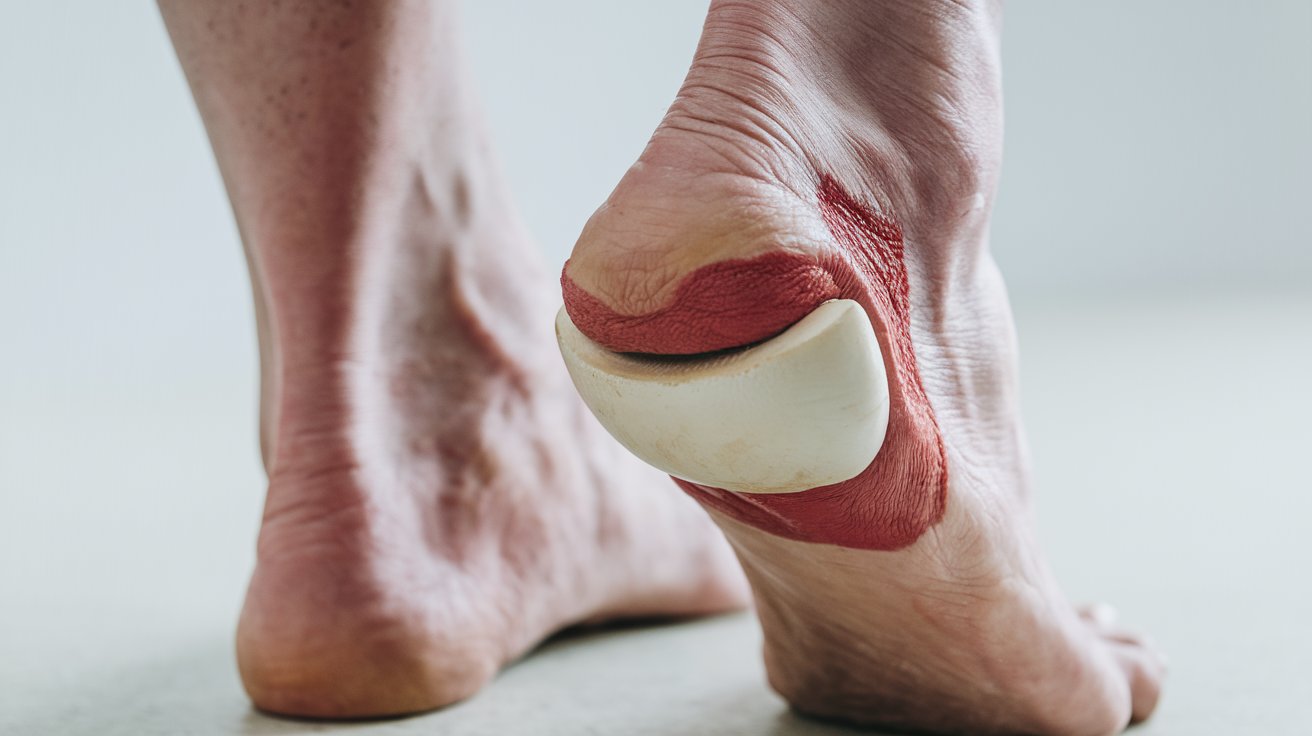
Hemihyperplasia–Multiple Lipomatosis Syndrome (HHML) is a rare genetic disorder that presents unique challenges for those affected. Characterized by asymmetric overgrowth of one side of the body and multiple, painless lipomatous masses, HHML often becomes noticeable in childhood. This condition, linked to mutations in the PIK3CA gene, can also bring about other health issues like intellectual disability, seizures, and an increased risk of certain cancers. Despite its rarity, understanding HHML is crucial for early diagnosis and effective management. Regular monitoring and tailored care can help individuals with HHML lead fulfilling lives while navigating the complexities of this condition.
What is Hemihyperplasia–Multiple Lipomatosis Syndrome?
Hemihyperplasia–Multiple Lipomatosis Syndrome (HHML) is a rare genetic disorder. It involves asymmetric overgrowth and multiple subcutaneous lipomatous masses. Let's dive into some key facts about this condition.
-
Definition and Classification
HHML is a rare genetic disorder involving asymmetric overgrowth of one side of the body. It falls under the Orphanet classification system and is also known by the acronym HHML. -
Clinical Features
The main clinical features include non-progressive, asymmetrical hemihyperplasia, often affecting the limbs. Slow-growing, painless, multiple, recurrent subcutaneous lipomatous masses are also common, especially on the back, torso, extremities, fingers, and axillae. Superficial vascular malformations may also be present.
Genetic Aspects and Prevalence
Understanding the genetic background and how common this condition is can provide more insight into HHML.
-
Genetic Aspects
HHML is a genetic disorder, often linked to mutations in the PIK3CA gene. This gene plays a crucial role in cell growth and metabolism, leading to the characteristic overgrowth and lipomatous masses. -
Prevalence
The prevalence of HHML is extremely low, affecting fewer than 1 in 1 million individuals. This rarity makes it challenging to gather extensive epidemiological data.
Age of Onset and Symptoms
When does HHML typically present itself, and what are the symptoms to look out for?
-
Age of Onset
HHML usually presents in childhood, with symptoms becoming more apparent as the child grows. It is often diagnosed during early childhood but can sometimes be identified at birth. -
Symptoms
The most prominent symptom is the asymmetric overgrowth of one side of the body. This overgrowth can affect various parts, including limbs, torso, and internal organs. Multiple, recurrent subcutaneous lipomatous masses are another hallmark. These masses are typically slow-growing and painless but noticeable due to their size and distribution.
Associated Conditions and Increased Cancer Risk
HHML doesn't just come with overgrowth and lipomas; other conditions and risks are also part of the picture.
-
Associated Conditions
Individuals with HHML may experience intellectual disability, seizures, generalized hypotonia, scoliosis, neoplasm, skeletal abnormalities, syndactyly, polydactyly, microtia, and joint hypermobility. These conditions vary in severity and may require additional medical management. -
Increased Cancer Risk
There is an increased risk of intra-abdominal embryonal malignancies, including Wilms tumor (kidney cancer) and hepatoblastoma (pediatric liver cancer). Regular cancer screenings are recommended for children with HHML, typically until at least age 7.
Diagnostic Challenges and Genetic Testing
Diagnosing HHML can be tricky. Genetic testing plays a crucial role in confirming the condition.
-
Diagnostic Challenges
Diagnosing HHML can be challenging due to its rarity. A combination of clinical examination, genetic testing, and imaging studies may be required. The presence of characteristic lipomatous masses and asymmetric overgrowth are key diagnostic features. -
Genetic Testing
Genetic testing is essential for diagnosing HHML. The PIK3CA gene is commonly associated with this condition, and mutations can be identified through genetic testing. This helps confirm the diagnosis and provides insights into the underlying genetic mechanism.
Management and Prognosis
How is HHML managed, and what is the outlook for those affected?
-
Management and Treatment
There is no specific treatment for HHML, as the condition is generally non-progressive. Management focuses on monitoring for associated conditions and managing symptoms. Regular cancer screenings are crucial. Physical therapy may be recommended to address mobility issues related to limb length differences. -
Prognosis
The prognosis for individuals with HHML is generally good, as the condition is non-progressive. However, the increased risk of cancer necessitates regular monitoring and screening. With early detection and appropriate management, outcomes can be favorable.
Lifestyle Adjustments and Family Planning
Living with HHML requires some adjustments. Family planning can also be affected.
-
Lifestyle Adjustments
Children with HHML may need lifestyle adjustments to accommodate physical differences. Finding clothes that fit properly can be challenging due to limb length differences. Physical activities may need modification for safety and comfort. -
Family Planning
For families with a history of genetic disorders, genetic testing can be crucial before planning another pregnancy. This testing can help identify chromosomal abnormalities that may be passed on to future children, allowing for informed decision-making.
Research and Patient Resources
Ongoing research and resources can provide support and new insights into HHML.
-
Research and Clinical Trials
Ongoing research aims to better understand the genetic mechanisms underlying HHML and develop more effective diagnostic and management strategies. Clinical trials focusing on the treatment of associated conditions, such as cancer, are also underway to improve patient outcomes. -
Patient-Centered Resources
Patient-centered resources, such as those provided by Orphanet, offer valuable information and support for individuals and families affected by HHML. These resources include clinical genetics reviews, patient-centered information, and research activities related to the condition.
Newborn Screening and Vascular Malformations
Early detection and understanding associated vascular issues are important aspects of HHML.
-
Newborn Screening
Newborn screening programs do not typically include tests for HHML. However, early detection through clinical examination and genetic testing is crucial for managing the condition effectively. Pediatricians should be aware of the signs and symptoms of HHML to facilitate early diagnosis. -
Vascular Malformations
Vascular malformations, such as capillary malformations, may be associated with HHML. These malformations are typically minor and do not significantly impact the overall prognosis. However, they can be part of the broader clinical picture of the condition.
Skeletal Involvement and Long-Term Management
Skeletal issues and long-term care are also important considerations for those with HHML.
-
Skeletal Involvement
Skeletal involvement is common, with many individuals experiencing abnormalities in the skeletal system. These abnormalities can range from mild to severe and may require specialized management. Physical therapy and orthopedic care may be necessary. -
Long-Term Management
Long-term management focuses on monitoring for associated conditions and addressing any physical or developmental challenges. Regular follow-up appointments with healthcare providers are essential to ensure that any potential issues are identified and managed promptly. With proper care and monitoring, individuals with HHML can lead healthy and fulfilling lives.
Understanding Hemihyperplasia–Multiple Lipomatosis Syndrome
Hemihyperplasia–Multiple Lipomatosis Syndrome (HHML) is a rare genetic disorder marked by asymmetric body overgrowth and multiple subcutaneous lipomatous masses. Affecting fewer than 1 in 1 million people, HHML often presents in childhood. Key symptoms include non-progressive hemihyperplasia, slow-growing lipomatous masses, and sometimes vascular malformations. Genetic mutations, particularly in the PIK3CA gene, play a significant role.
Early diagnosis through clinical examination and genetic testing is crucial. While there's no specific treatment, management focuses on monitoring associated conditions and regular cancer screenings due to increased risks of Wilms tumor and hepatoblastoma. Physical therapy can help address mobility issues.
With proper care and monitoring, individuals with HHML can lead healthy lives. Staying informed and seeking appropriate medical care ensures families navigate HHML's challenges effectively.
Was this page helpful?
Our commitment to delivering trustworthy and engaging content is at the heart of what we do. Each fact on our site is contributed by real users like you, bringing a wealth of diverse insights and information. To ensure the highest standards of accuracy and reliability, our dedicated editors meticulously review each submission. This process guarantees that the facts we share are not only fascinating but also credible. Trust in our commitment to quality and authenticity as you explore and learn with us.


